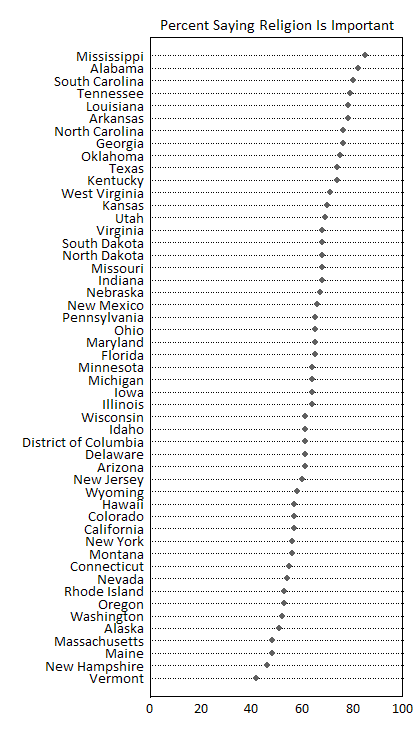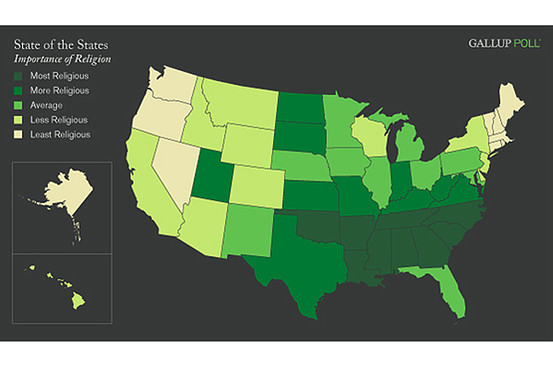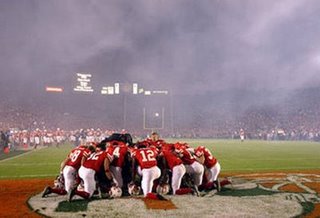“Polls have always shown that the vast majority of Americans believe religion is “an important part of their daily lives” — 65% in a recent Gallup poll versus just 34% who said it wasn’t.
But that national average obscures a stunning variety by region.”
More precise data can be found at Gallup. In the comments, Jay pointed out work by John Sides at The Monkey Cage, that re-maps the data using absolute levels and accounts for a full range of responses, showing that “even in the least religious states, there’s plenty of that old-time religion.” Given that the dot-plot and map use the same data, it could make for an interesting debate on how to present data and the implications of differing analytic categories.
Given that the dot-plot and map use the same data, it could make for an interesting debate on how to present data and the implications of differing analytic categories.


 I realized I had watched the Super Bowl and likely seen
I realized I had watched the Super Bowl and likely seen 



